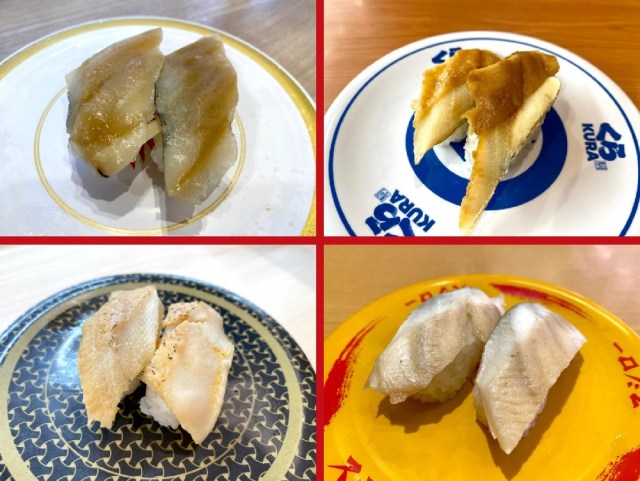
It’s a four-way anago showdown of affordable luxuries.
Japan’s conveyor belt sushi, or kaitenzushi, restaurants are a lot easier on the wallet than more upscale eateries specializing in Japan’s most famous culinary contribution. That doesn’t mean that the menu is limited to the cheapest types of seafood at kaitenzushi places, though. As we’ve seen in the past, even the most affordable chains offer premium sushi toppings such as ikura (salmon roe) and chutoro (extra-fatty tuna).
Today we’re comparison taste-testing another member of the sushi topping aristocracy: anago. Anago is what Japan calls saltwater eel, or conger eel (not to be confused with unagi, freshwater eel), and as per our established testing protocol, we sent our Japanese-language reporter P.K. Sanjun around to the four biggest kaitenzushi chains, Kappa Sushi, Kura Sushi, Hama Sushi, and Sushiro, to try their offerings. P.K. visited all four restaurants on the same day within the span of three hours to eliminate any possible seasonal differences in taste, and with all four chains charging 110 yen (US$0.82) for two pieces of anago sushi, price isn’t a differentiating factor either.
▼ Clockwise from top left: Kappa Sushi, Kura Sushi, Sushiro, and Hama Sushi
You’ll notice that some of the chains call their anago “nianago,” meaning “boiled anago.” All the anago at sushi restaurants, though, is boiled and flash-seared, then brushed with a slightly sweet sauce.
P.K. has finished stuffing his face, so let’s see what food for thought he has in his notes.
● Kappa Sushi Nianago
“The flavor isn’t bad, especially with the sauce helping out. But…the texture is kind of soggy, as if the eel was frozen and wasn’t completely defrosted before cooking. That gives it sort of a gelatin-like consistency, and while overall it’s not bad anago, it’s pretty middle-of-the-road, but don’t go in expecting a pleasingly plump texture.”
● Kura Sushi Anago
“I wouldn’t call this ‘plump,’ but the eel is nice and tender. The flavor isn’t bad either, and considering the price, you feel like you’re getting a good deal quality-wise. I don’t know if I’d go out of my way to recommend it, but I wouldn’t try to talk you out of it either.”
● Hama Sushi Nianago
“In contrast to Kappa Sushi, Hama Susi’s anago doesn’t have any sogginess, and the flash-searing gives it a good texture and aroma. The eel is tender too, and you get the feeling that the cooks put a lot of effort into getting this sushi right.”
● Sushiro Nianago
“Sushiro’s anago is the fluffiest of the bunch, which works great with the consistency of the rice. The eel itself is also the highest quality of the four chains’, and at this price point, this is the best anago sushi you can reasonably expect.”
So in the end, it’s another win for the always-competitive Sushiro, and if you do find yourself at Kappa Sushi, P.K. recommends sticking to the salad sushi.
Photos © SoraNews24
● Want to hear about SoraNews24’s latest articles as soon as they’re published? Follow us on Facebook and Twitter!
[ Read in Japanese ]

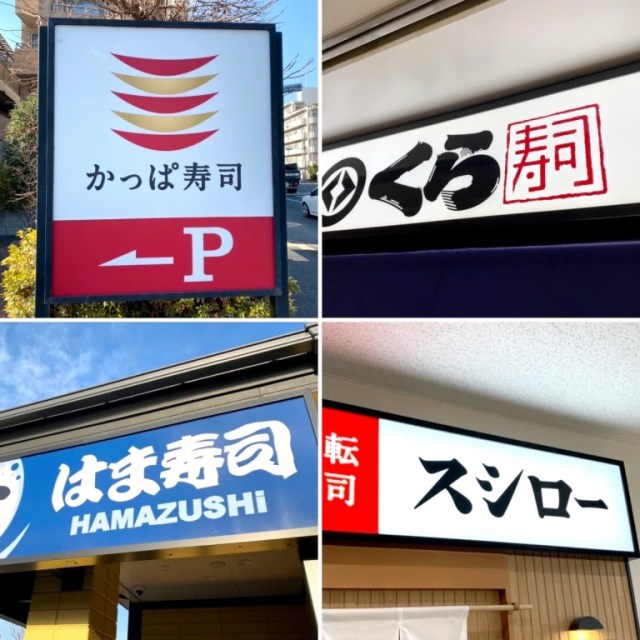
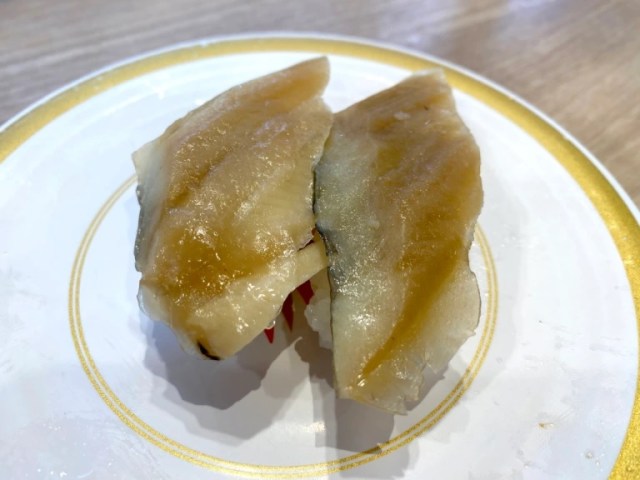
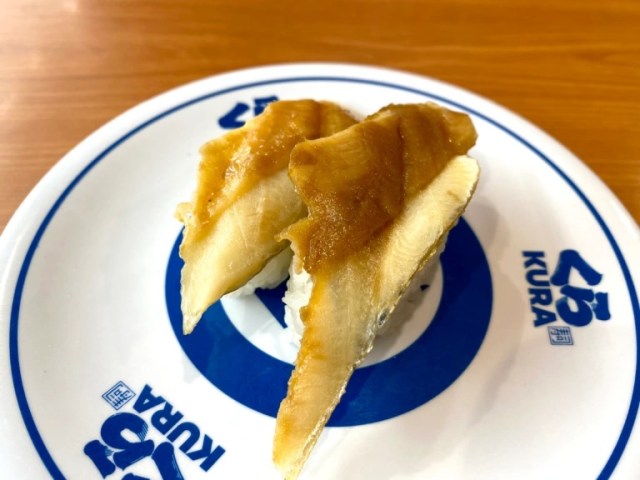
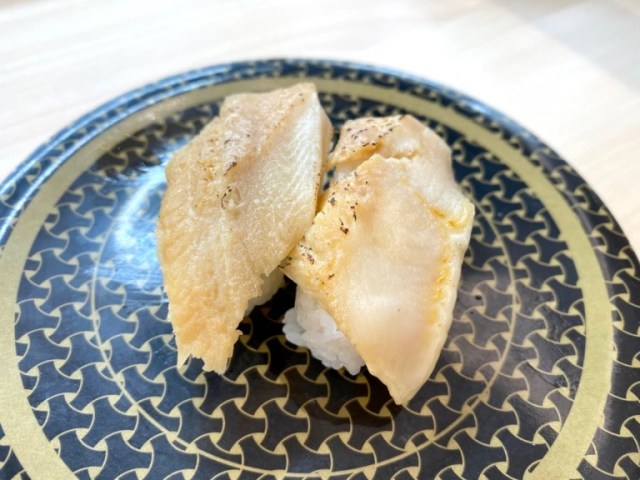
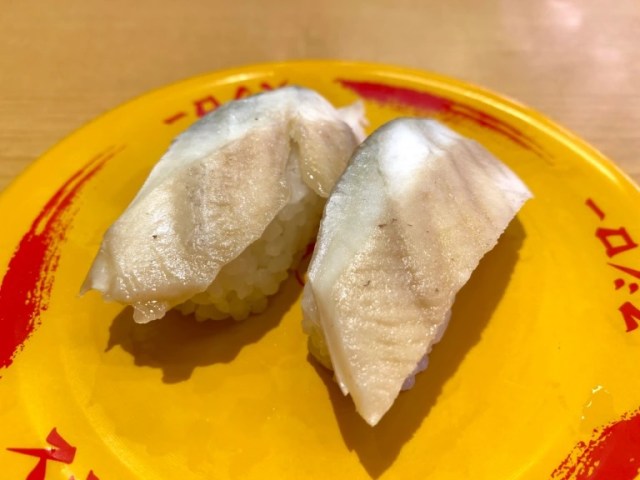
 Which Japanese conveyor belt sushi chain has the best tuna sushi?【Taste test】
Which Japanese conveyor belt sushi chain has the best tuna sushi?【Taste test】 Which Japanese conveyor belt sushi chain has the best salad sushi?【Taste test】
Which Japanese conveyor belt sushi chain has the best salad sushi?【Taste test】 Which Japanese conveyor belt sushi chain has the best squid sushi?【Taste test】
Which Japanese conveyor belt sushi chain has the best squid sushi?【Taste test】 Which Japanese conveyor belt sushi chain has the best hamburger steak sushi?【Taste test】
Which Japanese conveyor belt sushi chain has the best hamburger steak sushi?【Taste test】 Which Japanese conveyor belt sushi chain has the best bintoro sushi?【Taste test】
Which Japanese conveyor belt sushi chain has the best bintoro sushi?【Taste test】 Foreigner’s request for help in Tokyo makes us sad for the state of society
Foreigner’s request for help in Tokyo makes us sad for the state of society Japanese city loses residents’ personal data, which was on paper being transported on a windy day
Japanese city loses residents’ personal data, which was on paper being transported on a windy day Should you add tartar sauce to Japanese curry rice? CoCo Ichi makes diners an unusual offer
Should you add tartar sauce to Japanese curry rice? CoCo Ichi makes diners an unusual offer Seaside scenery, history, and so many desserts on Yokohama’s Akai Kutsu【Japan Loop Buses】
Seaside scenery, history, and so many desserts on Yokohama’s Akai Kutsu【Japan Loop Buses】 Harajuku Station’s beautiful old wooden building is set to return, with a new complex around it
Harajuku Station’s beautiful old wooden building is set to return, with a new complex around it Ghibli Park now selling “Grilled Frogs” from food cart in Valley of Witches
Ghibli Park now selling “Grilled Frogs” from food cart in Valley of Witches We try out “Chan Ramen”, an underground type of ramen popular in the ramen community
We try out “Chan Ramen”, an underground type of ramen popular in the ramen community Japanese company uses “crow language” to keep them away from garbage 【Video】
Japanese company uses “crow language” to keep them away from garbage 【Video】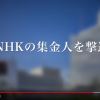 Anti-NHK activist recommends “magic words” that will drive away fee collectors instantly
Anti-NHK activist recommends “magic words” that will drive away fee collectors instantly Anime girl English teacher Ellen-sensei becomes VTuber/VVTUber and NFT
Anime girl English teacher Ellen-sensei becomes VTuber/VVTUber and NFT McDonald’s new Happy Meals offer up cute and practical Sanrio lifestyle goods
McDonald’s new Happy Meals offer up cute and practical Sanrio lifestyle goods Japanese ramen restaurants under pressure from new yen banknotes
Japanese ramen restaurants under pressure from new yen banknotes French Fries Bread in Tokyo’s Shibuya becomes a hit on social media
French Fries Bread in Tokyo’s Shibuya becomes a hit on social media Studio Ghibli releases new action figures featuring Nausicaä of the Valley of the Wind characters
Studio Ghibli releases new action figures featuring Nausicaä of the Valley of the Wind characters Red light district sushi restaurant in Tokyo shows us just how wrong we were about it
Red light district sushi restaurant in Tokyo shows us just how wrong we were about it New private rooms on Tokaido Shinkansen change the way we travel from Tokyo to Kyoto
New private rooms on Tokaido Shinkansen change the way we travel from Tokyo to Kyoto Tokyo Tsukiji fish market site to be redeveloped with 50,000-seat stadium, hotel, shopping center
Tokyo Tsukiji fish market site to be redeveloped with 50,000-seat stadium, hotel, shopping center Beautiful Ghibli sealing wax kits let you create accessories and elegant letter decorations【Pics】
Beautiful Ghibli sealing wax kits let you create accessories and elegant letter decorations【Pics】 Studio Ghibli releases Kiki’s Delivery Service chocolate cake pouches in Japan
Studio Ghibli releases Kiki’s Delivery Service chocolate cake pouches in Japan New definition of “Japanese whiskey” goes into effect to prevent fakes from fooling overseas buyers
New definition of “Japanese whiskey” goes into effect to prevent fakes from fooling overseas buyers Our Japanese reporter visits Costco in the U.S., finds super American and very Japanese things
Our Japanese reporter visits Costco in the U.S., finds super American and very Japanese things All-you-can-drink Starbucks and amazing views part of Tokyo’s new 170 meter-high sky lounge
All-you-can-drink Starbucks and amazing views part of Tokyo’s new 170 meter-high sky lounge More foreign tourists than ever before in history visited Japan last month
More foreign tourists than ever before in history visited Japan last month New Pokémon cakes let you eat your way through Pikachu and all the Eevee evolutions
New Pokémon cakes let you eat your way through Pikachu and all the Eevee evolutions Disney princesses get official manga makeovers for Manga Princess Cafe opening in Tokyo
Disney princesses get official manga makeovers for Manga Princess Cafe opening in Tokyo Sales of Japan’s most convenient train ticket/shopping payment cards suspended indefinitely
Sales of Japan’s most convenient train ticket/shopping payment cards suspended indefinitely Sold-out Studio Ghibli desktop humidifiers are back so Totoro can help you through the dry season
Sold-out Studio Ghibli desktop humidifiers are back so Totoro can help you through the dry season Japanese government to make first change to romanization spelling rules since the 1950s
Japanese government to make first change to romanization spelling rules since the 1950s Ghibli founders Toshio Suzuki and Hayao Miyazaki contribute to Japanese whisky Totoro label design
Ghibli founders Toshio Suzuki and Hayao Miyazaki contribute to Japanese whisky Totoro label design Doraemon found buried at sea as scene from 1993 anime becomes real life【Photos】
Doraemon found buried at sea as scene from 1993 anime becomes real life【Photos】 Tokyo’s most famous Starbucks is closed
Tokyo’s most famous Starbucks is closed One Piece characters’ nationalities revealed, but fans have mixed opinions
One Piece characters’ nationalities revealed, but fans have mixed opinions We asked a Uniqlo employee what four things we should buy and their suggestions didn’t disappoint
We asked a Uniqlo employee what four things we should buy and their suggestions didn’t disappoint Princesses, fruits, and blacksmiths: Study reveals the 30 most unusual family names in Japan
Princesses, fruits, and blacksmiths: Study reveals the 30 most unusual family names in Japan Which Japanese conveyor belt sushi chain has the best salmon sushi?【Taste test】
Which Japanese conveyor belt sushi chain has the best salmon sushi?【Taste test】 Which Japanese conveyor belt sushi chain has the best negitoro sushi?【Taste test】
Which Japanese conveyor belt sushi chain has the best negitoro sushi?【Taste test】 Which Japanese conveyor belt sushi chain has the best prawn sushi?【Taste test】
Which Japanese conveyor belt sushi chain has the best prawn sushi?【Taste test】 Which Japanese conveyor belt sushi chain has the best mackerel sushi?【Taste test】
Which Japanese conveyor belt sushi chain has the best mackerel sushi?【Taste test】 Which Japanese conveyor belt sushi chain has the best scallop sushi?【Taste test】
Which Japanese conveyor belt sushi chain has the best scallop sushi?【Taste test】 Which Japanese conveyor belt sushi chain has the best aburi salmon sushi?【Taste test】
Which Japanese conveyor belt sushi chain has the best aburi salmon sushi?【Taste test】 Which Japanese conveyor belt sushi chain has the best iwashi sardine sushi?【Taste test】
Which Japanese conveyor belt sushi chain has the best iwashi sardine sushi?【Taste test】 Which Japanese conveyor belt sushi chain has the best yellowtail sushi?【Taste test】
Which Japanese conveyor belt sushi chain has the best yellowtail sushi?【Taste test】 Which Japanese conveyor belt sushi chain has the best egg sushi?【Taste test】
Which Japanese conveyor belt sushi chain has the best egg sushi?【Taste test】 Which Japanese conveyor belt sushi chain has the best Prawn Tempura Sushi?【Taste test】
Which Japanese conveyor belt sushi chain has the best Prawn Tempura Sushi?【Taste test】 Which Japanese conveyor belt sushi chain has the best aosa miso soup?【Taste test】
Which Japanese conveyor belt sushi chain has the best aosa miso soup?【Taste test】 Which Japanese conveyer belt sushi chain has the tastiest sea snail, if any?【Taste test】
Which Japanese conveyer belt sushi chain has the tastiest sea snail, if any?【Taste test】 Which Japanese conveyer belt sushi chain has the best steamed egg custard? 【Taste test】
Which Japanese conveyer belt sushi chain has the best steamed egg custard? 【Taste test】 World’s largest Kura Sushi revolving sushi restaurant opens, but not in Japan【Video】
World’s largest Kura Sushi revolving sushi restaurant opens, but not in Japan【Video】 How to pick out the best anago eel and other things we learned at the anago processing center
How to pick out the best anago eel and other things we learned at the anago processing center Who’s got the best, cheapest one-person sushi delivery in downtown Tokyo? Mr. Sato investigates!
Who’s got the best, cheapest one-person sushi delivery in downtown Tokyo? Mr. Sato investigates!
Leave a Reply